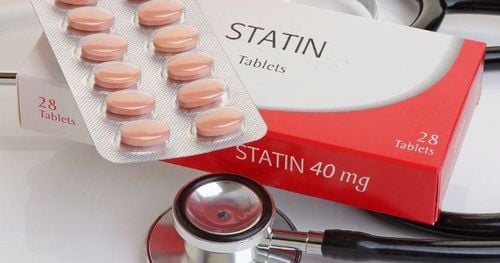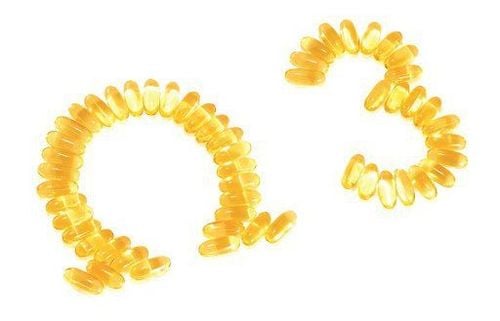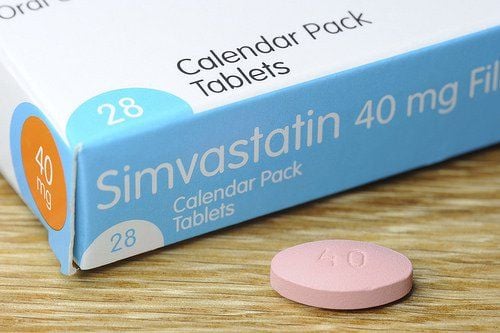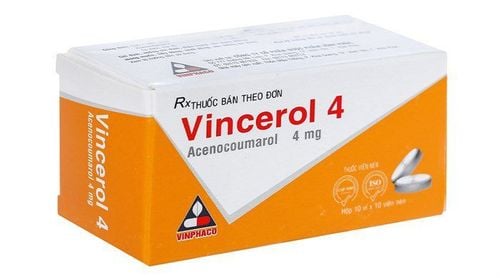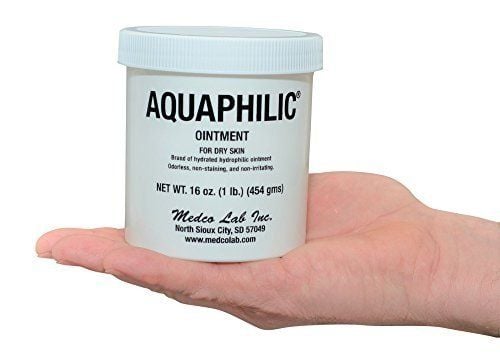This is an automatically translated article.
Although red yeast rice has only appeared on drugstore shelves for the past few decades, it has been known and appreciated for its powerful medicinal properties for hundreds of years. As one of the top natural remedies for high cholesterol, red yeast rice is one of the few natural supplements that contain active ingredients that closely resemble those found in prescription drugs.1. What is red yeast rice?
Red yeast rice is a type of rice that is fermented using a few special fungi. This rice is popularly used in traditional Chinese medicine for its powerful medicinal properties. Red yeast rice contains the compound monacolin K, the same active ingredient found in prescription cholesterol-lowering drugs like lovastatin. For this reason, rice is often used as an effective alternative to cutting costs on expensive medications that help lower cholesterol levels and support heart health.Research also shows other beneficial effects of red yeast rice such as reducing cancer cell growth, balancing blood sugar and improving insulin.
Today, red yeast rice is often sold as an over-the-counter supplement to help users control cholesterol and improve the body's ability to cure diseases.
2. Improves Heart Health
Heart disease is a serious condition that affects millions of people and is estimated to account for 31.5% of deaths worldwide. High cholesterol, one of the main factors in heart disease, can cause arteries to narrow and harden, leading to an increased risk of heart attack and stroke. Red yeast rice is often used as a natural remedy to help lower cholesterol levels and promote heart health, often with fewer side effects than prescription medications used to treat high cholesterol.A study in 25 people showed that consuming red yeast rice reduced total cholesterol by an average of 15% and bad LDL cholesterol by 21% over about two months of treatment.
Similarly, an eight-week study in 79 people showed that taking 600mg of red yeast rice twice daily significantly reduced levels of bad LDL cholesterol, compared with a control group. What's more, a result based on 21 studies found red yeast rice to be effective in reducing total and LDL bad cholesterol levels, as well as triglycerides and blood pressure, when combined with statin drugs.
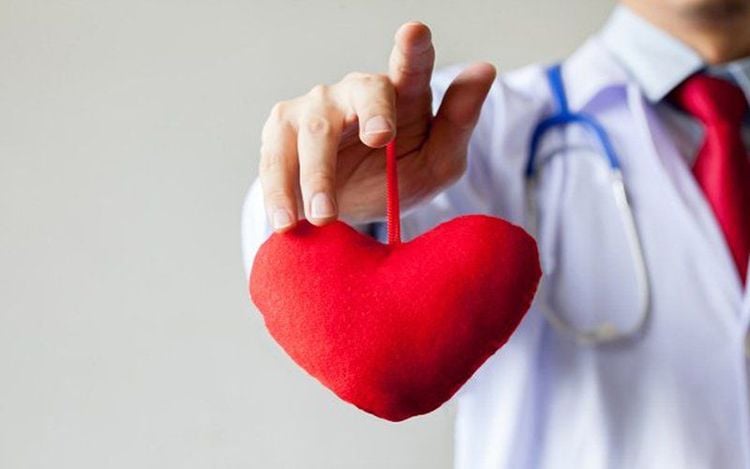
Những nghiên cứu đã cho thấy gạo men đỏ giúp cải thiện sức khỏe tim mạch
3. Treatment of metabolic disorders
Metabolic syndrome is a group of conditions that increase the risk of chronic diseases, such as heart disease, diabetes and stroke Some symptoms of a metabolic disorder include high blood pressure, excess fat excess, elevated blood sugar, and sudden changes in cholesterol or triglyceride levels.Several studies have found that red yeast rice can help treat some of the above risks and can be used as a natural treatment to aid in the prevention of metabolic disorders. One of the most well-documented effects of this product is its ability to lower cholesterol. Research shows that it can effectively lower both total and LDL cholesterol levels.
Another small 18-week study found that taking a supplement containing red yeast rice could reduce blood sugar, insulin levels, and systolic blood pressure in people with metabolic syndrome.
Plus, another 8-week study looked at the effects of red yeast rice on rats fed a high-fat diet compared to a control group. Discovered that red yeast rice can prevent the increase in cholesterol levels and body weight.
4. Anti-inflammatory
Inflammation is a normal immune response to protect the body against acute infections and invading bacteria. However, prolonged inflammation is thought to contribute to chronic diseases such as diabetes, cancer, and heart disease.Studies show that red yeast rice supplements can help users reduce inflammation and promote long-term health. For example, one study in 50 people with metabolic disorders found that a supplement containing red yeast rice and olive extract reduced levels of oxidative stress, a major cause of chronic inflammation, by up to 50 percent. 20%.
5. Cancer Prevention
Although current studies are limited to animals and test tubes, some evidence suggests that red yeast rice may help reduce the growth and spread of cancer cells.One study found that giving red yeast rice to rats with prostate cancer significantly reduced the number of tumors compared to a control group.
Similarly, one test-tube study found that treating prostate cancer cells with red yeast rice could reduce cancer cell growth more effectively than lovastatin, a drug that reduces cancer cell growth. cholesterol has anti-cancer effects.
However, more medical studies are needed to evaluate the true effects of red yeast rice on other types of cancer in humans.
6. Notes and side effects when using red yeast rice
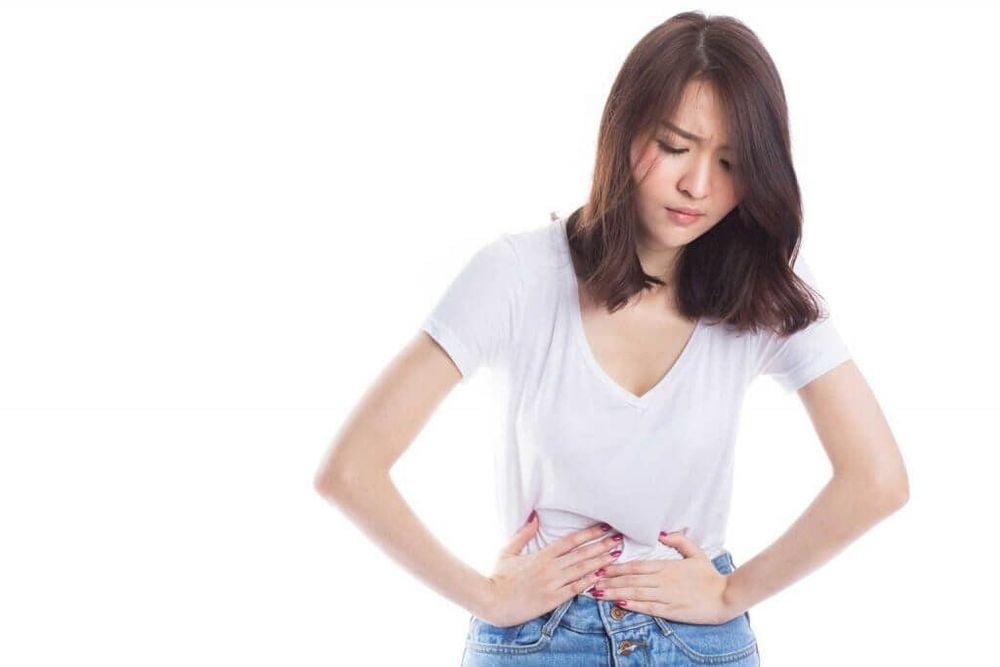
Đầy hơi, khó tiêu là một số những tác dụng phụ có thể gặp phải nếu không sử dụng gạo men đỏ đúng cách
According to the FDA, red yeast rice products containing monacolin K should be considered a drug, and therefore subject to stricter regulations than standard over-the-counter dietary supplements.
Since 1998, FDA has taken action to control companies that sell red yeast rice extract as an unlicensed supplement. In recent years, a number of supplements containing red yeast rice have been introduced. While widely available, many manufacturers evade FDA regulations by producing very small amounts of monacolin K. However, these products often have no effect or benefit on the body. body.
Although red yeast rice offers a lot of benefits to the body, improper use can also lead to some side effects. For example, gastrointestinal problems such as bloating, nausea, and stomach pain are some of the most common side effects of red yeast rice.
In more extreme cases, red yeast rice can cause problems like production of hepatotoxicity and allergies, similar to the side effects caused by prescription cholesterol-lowering drugs. For this reason, it is important to stick to recommended dosages and buy from reputable retailers to ensure product quality.
Because research on the long-term effects and safety of red yeast rice is still limited, this product is not recommended for people currently taking statins or women who are pregnant or breastfeeding.
7. Dosage
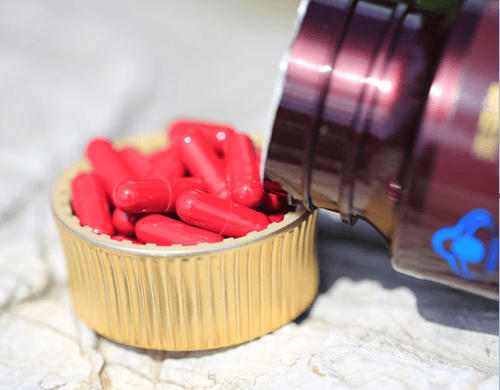
Gạo men đỏ thường có sẵn ở dạng viên nang hoặc viên nén
A dose of 200 to 4,800 mg has been studied in clinical trials, typically containing about 10 mg of total monacolin. Most brands on the market usually recommend 1,200 to 1,200 mg per day, divided into two to three doses. However, due to the risk of side effects and safety concerns associated with red yeast rice extract, customers should see their doctor to determine the right dosage for their body.
Please dial HOTLINE for more information or register for an appointment HERE. Download MyVinmec app to make appointments faster and to manage your bookings easily.
Reference article: Healthline.com




